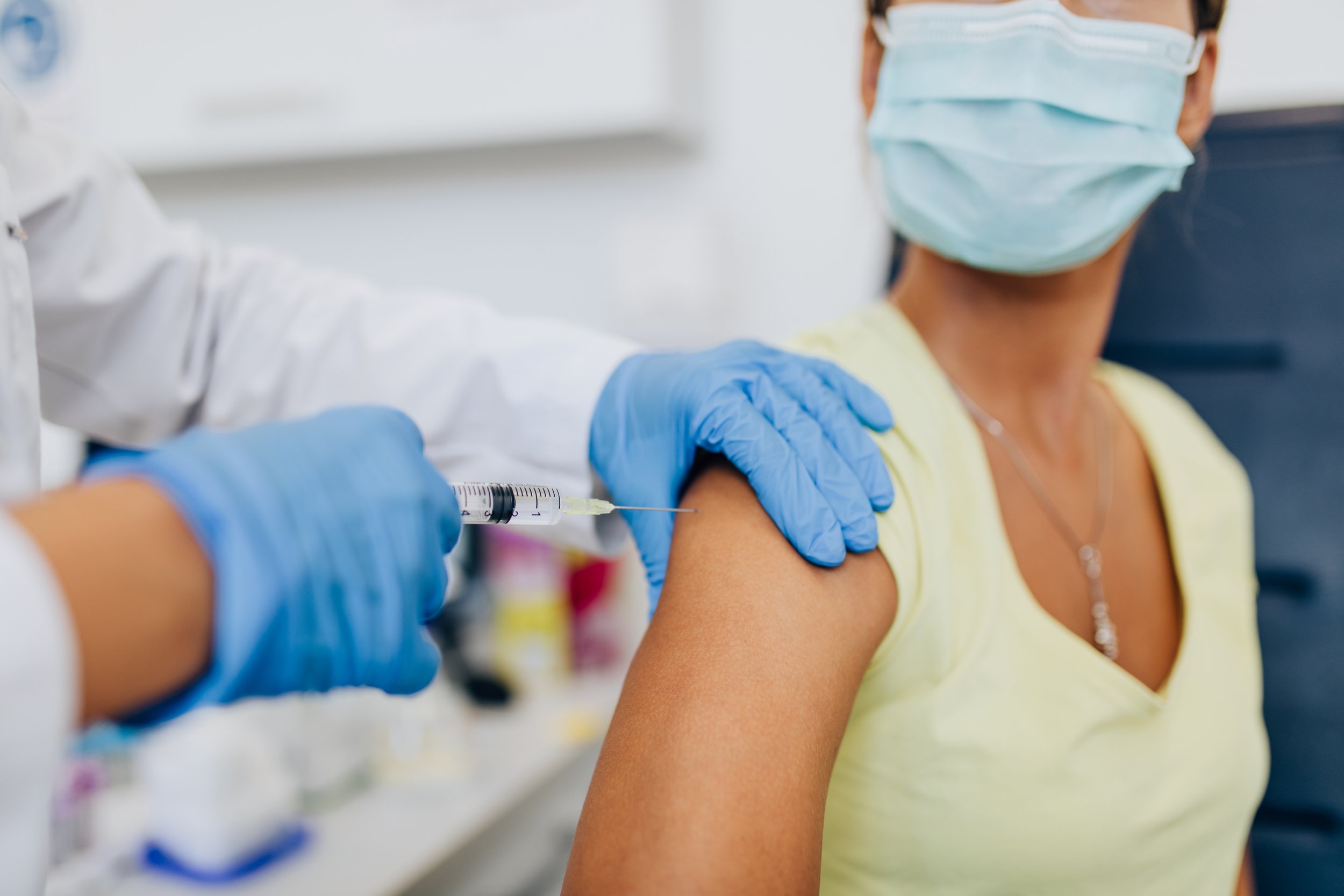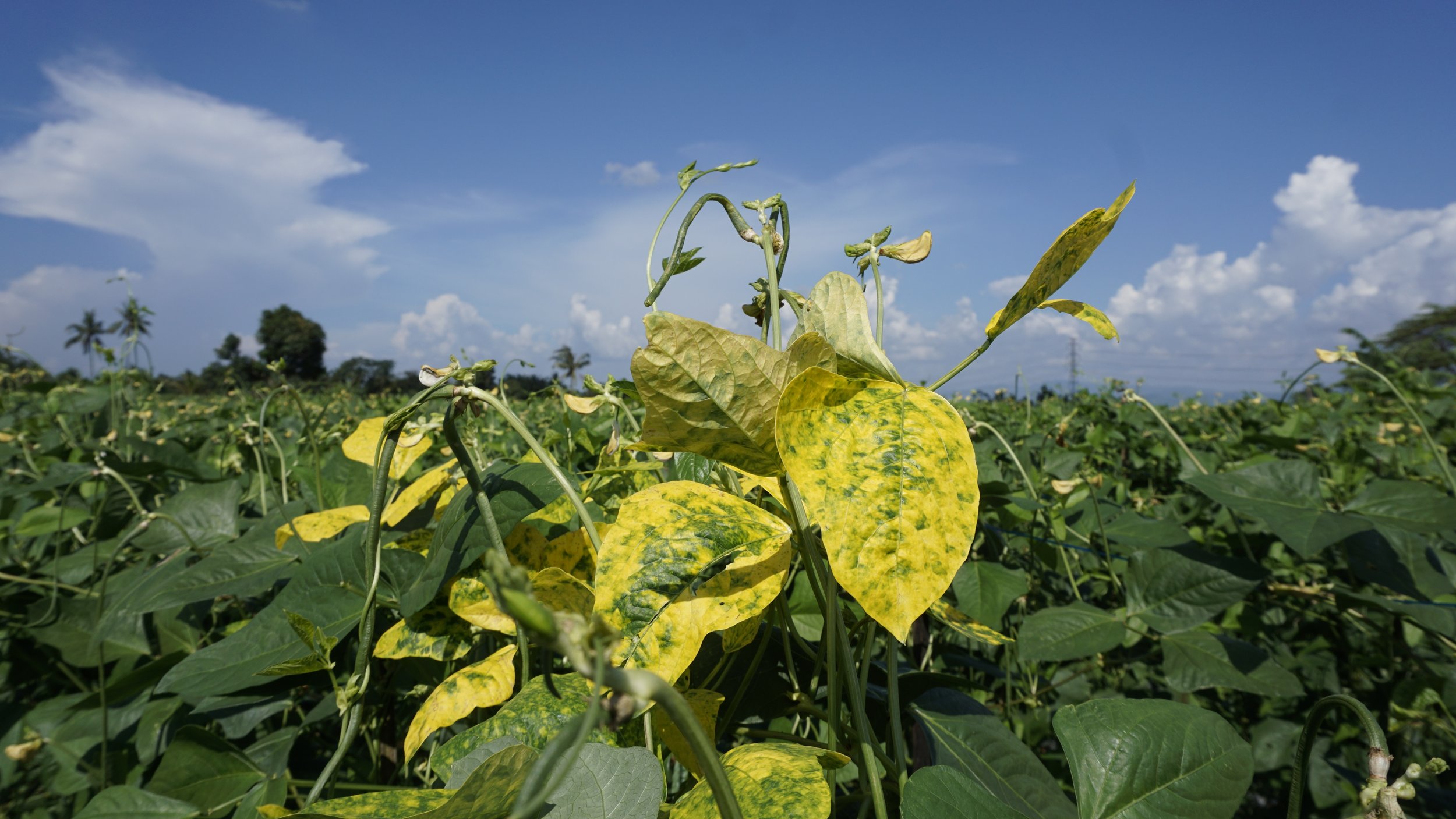The Role of Nanoparticles in Modern Veterinary Vaccines

The development of innovative veterinary vaccines is critical due to the limitations and risks associated with traditional vaccination methods. Classical vaccines, which often utilise live attenuated or inactivated pathogens, come with inherent challenges, including reduced immunogenicity in certain conditions and potential safety concerns. These drawbacks highlight the urgent need for safer and more effective prophylactic solutions in veterinary medicine.
Self-assembled protein nanoparticles (SAPNs) have emerged as a cutting-edge solution, leveraging the advancements in nanotechnology to transform vaccine design and implementation. This innovative approach has the potential to address the shortcomings of conventional vaccines and provide a new avenue for disease prevention.
In an article published in Animal Diseases, researchers from Zhejiang University's Institute of Preventive Veterinary Medicine explore the development and application of SAPNs and virus-like nanoparticles (VLPs). The researchers offer a comprehensive analysis of these nanoparticles' potential in veterinary medicine, underscoring their capacity to revolutionise the field.
The article examines various types of SAPNs, including both natural and synthetically designed nanoparticles. These particles are meticulously engineered to enhance the immune system's ability to recognise and respond to pathogens more effectively. This enhancement is crucial for improving the overall efficacy of vaccines.
Key highlights from the research include the use of animal virus-derived nanoparticles and bacteriophage-derived nanoparticles. These have shown significant promise in eliciting robust cellular and humoral responses. The nanoparticles' structural mimicry of pathogens allows them to trigger a more substantial immune reaction, which could potentially lead to long-lasting immunity against various diseases.
Successes in utilising these nanoparticles to protect against diseases such as foot-and-mouth disease and swine fever have been documented, showcasing their broad applicability and effectiveness. These findings suggest that SAPNs could become a cornerstone in the fight against major livestock diseases, providing a reliable and efficient means of disease control.
Dr. Fang He, a principal investigator involved in the research, emphasised the promise of this technology, stating, "Nanoparticle vaccines have demonstrated enormous promise and should be considered promising techniques in veterinary vaccine development." This endorsement from a leading expert in the field highlights the potential impact of SAPNs on future vaccine strategies.
The implications of veterinary nanoparticle vaccines extend beyond animal health, with potential benefits for human health as well. The enhanced safety and immunogenicity of these vaccines could pave the way for the development of advanced vaccines for human use, offering a new frontier in disease prevention.
Furthermore, the adoption of nanoparticle vaccines in veterinary practice could significantly reduce the environmental impact of livestock diseases. By improving disease management and control, this technology could contribute to more sustainable agricultural practices on a global scale, ensuring a healthier future for both animals and humans.
The transition from traditional vaccine methods to the use of SAPNs represents a significant leap forward in veterinary medicine. This innovative approach not only addresses the limitations of classical vaccines but also opens new possibilities for disease prevention and control. As research and development in this field continue to advance, the potential for SAPNs to revolutionise veterinary vaccines becomes increasingly apparent.
The integration of self-assembled protein nanoparticles into veterinary vaccines offers a promising solution to the inherent challenges of traditional vaccination methods. By enhancing immunogenicity and safety, SAPNs have the potential to provide more effective disease prevention strategies, benefiting both animal and human health. The ongoing research and successful application of these nanoparticles underscore their importance in the future of veterinary medicine and sustainable agricultural practices.
Author
Isabella Sterling
Content Producer and Writer





